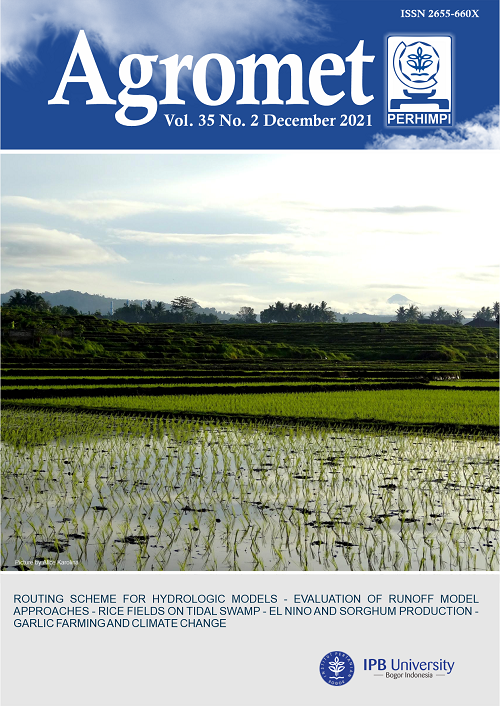Abstract
The downside of fossil fuels as non-renewable energy resources in Indonesia has led to invent alternative energy resources. One of alternative sources is biofuels, which are derived from organic compound that originated from plants and living creatures. Here, we used sorghum as a source of biofuels, but current knowledge of sorghum cultivation on dry land is limited. This study aims to determine the influence of sorghum genotypes on their growth and yield in a dry land, and to analyze the potential of sorghum as biofuels. This research was carried out in low land, on vertisol soil, from August to November 2020. We applied a completely randomized block design with one factor and 3 replications. Seven sorghum varieties were identified namely Numbu, Super 1, Suri 3, Keller, Kawali, Black Sorghum, and Bioguma-2. The results showed that each variety had different genetical properties leading to various growth rates in both vegetative and generative phases. Our finding revealed that Keller variety was the most productive sorghum plant as it produced the highest sugar content (20°Brix). Also, Keller was the tallest plants (>300 cm) compared to other varieties. Bioguma-2 was the second, which was proven by its longest stem (307 cm) and high stem sap content (18°Brix). Thus, we recommended the Keller and Bioguma-2 as the suitable sorghum variety to be utilized in biofuels manufacturing.
Authors

This work is licensed under a Creative Commons Attribution-NonCommercial 4.0 International License.

